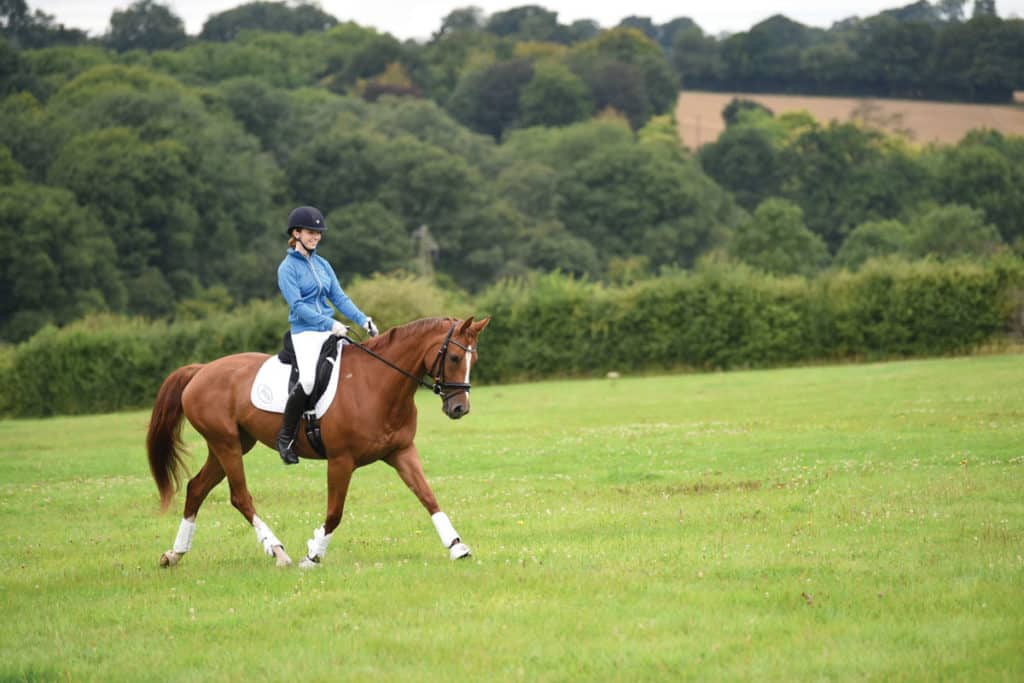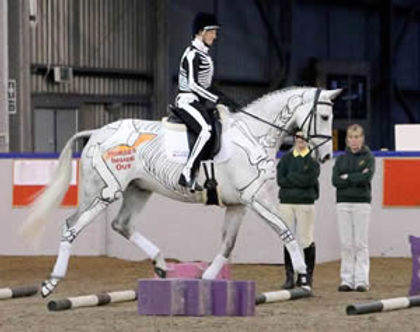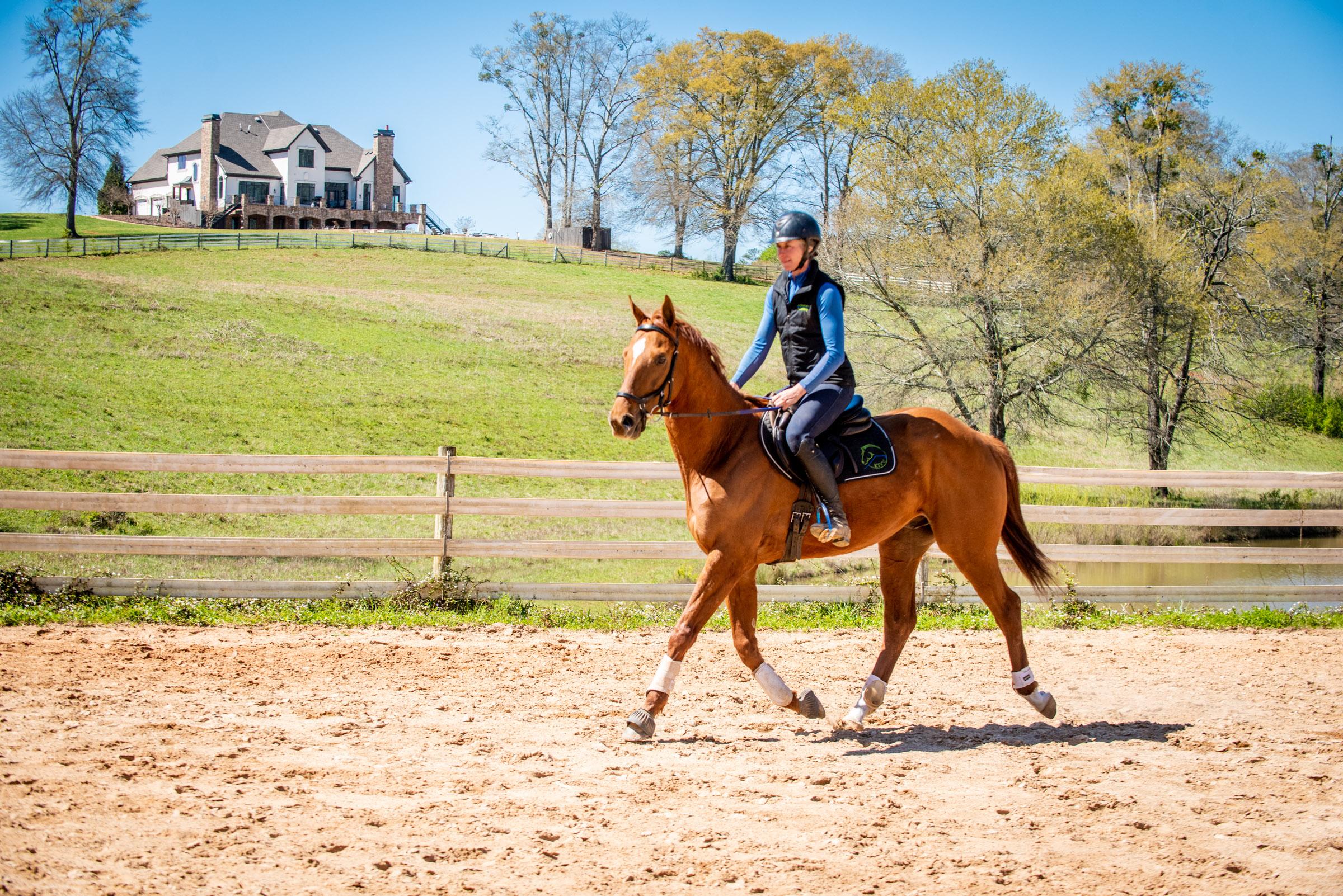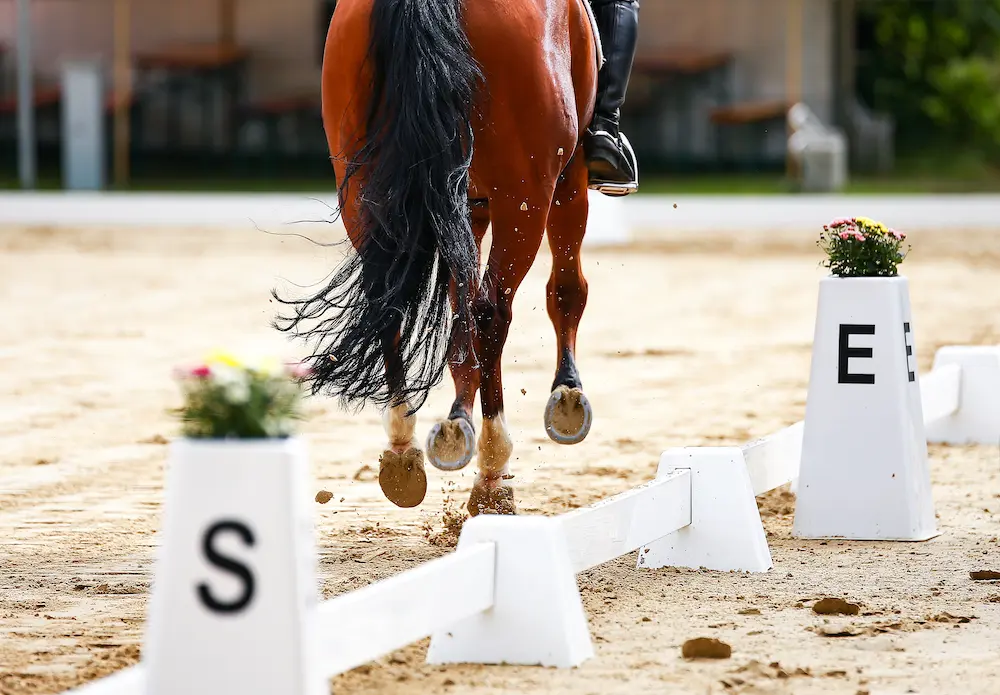Top 10 Tips for Improving Your Canter

Improving your canter is essential for any rider looking to enhance their riding skills, whether for leisure, competition, or training. The canter is a three-beat gait that requires balance, rhythm, and coordination between horse and rider. Below, you’ll find detailed tips to help you refine your canter technique.
Table of Contents

- Understand the Canter Gait
- Develop a Balanced Seat
- Use Effective Aids
- Maintain Rhythm and Tempo
- Practice Transitions
- Improve Your Horse’s Fitness
- Focus on Straightness
- Work on Suppleness
- Incorporate Cavaletti and Poles
- Seek Professional Guidance
1. Understand the Canter Gait

The canter is a controlled, three-beat gait with a moment of suspension. Understanding its rhythm helps you synchronize your aids and movements with your horse, leading to a smoother ride.
2. Develop a Balanced Seat
A balanced seat allows you to move with your horse rather than against it. Practice sitting deep in the saddle, keeping your shoulders back and your weight evenly distributed.
3. Use Effective Aids
Use your legs, hands, and seat to communicate clearly with your horse. For example, applying leg pressure encourages forward movement, while gentle rein contact helps maintain direction.
4. Maintain Rhythm and Tempo
Consistency in rhythm and tempo is key to a quality canter. Use a metronome or count beats to help maintain a steady pace.
5. Practice Transitions
Smooth transitions between walk, trot, and canter improve your horse’s responsiveness and balance. Practice these regularly to build confidence.
6. Improve Your Horse’s Fitness
A fit horse can sustain a better canter. Incorporate cardiovascular and strength training exercises into your routine.
7. Focus on Straightness
Riding straight helps your horse balance and engage the correct muscles. Use markers or rails to practice riding straight lines.
8. Work on Suppleness
A supple horse bends and flexes easily, making the canter more fluid. Incorporate lateral exercises like leg yields and circles.
9. Incorporate Cavaletti and Poles
Using ground poles and cavaletti can improve your horse’s rhythm, stride length, and coordination.
10. Seek Professional Guidance
A qualified instructor can provide personalized feedback and help you address specific challenges.
FAQ
Q: How often should I practice canter work?
A: Aim for short, focused sessions 3-4 times a week to build strength and technique without overworking your horse.
Q: What common mistakes should I avoid?
A: Avoid leaning forward, gripping with your knees, and inconsistent aids, as these can disrupt your horse’s balance.
Q: Can improving my posture help my horse’s canter?
A: Absolutely! A correct rider posture directly influences your horse’s balance and movement.
By following these tips, you’ll develop a more effective and enjoyable canter, enhancing both your riding experience and your horse’s performance.
